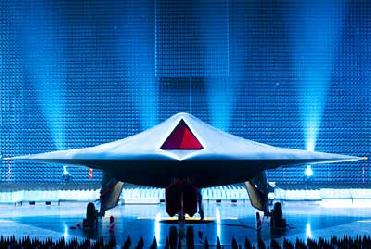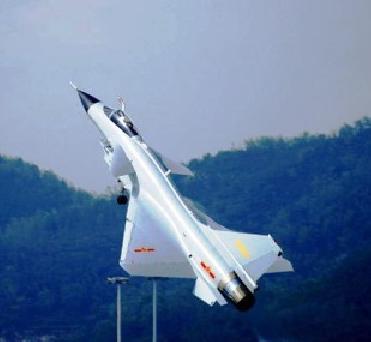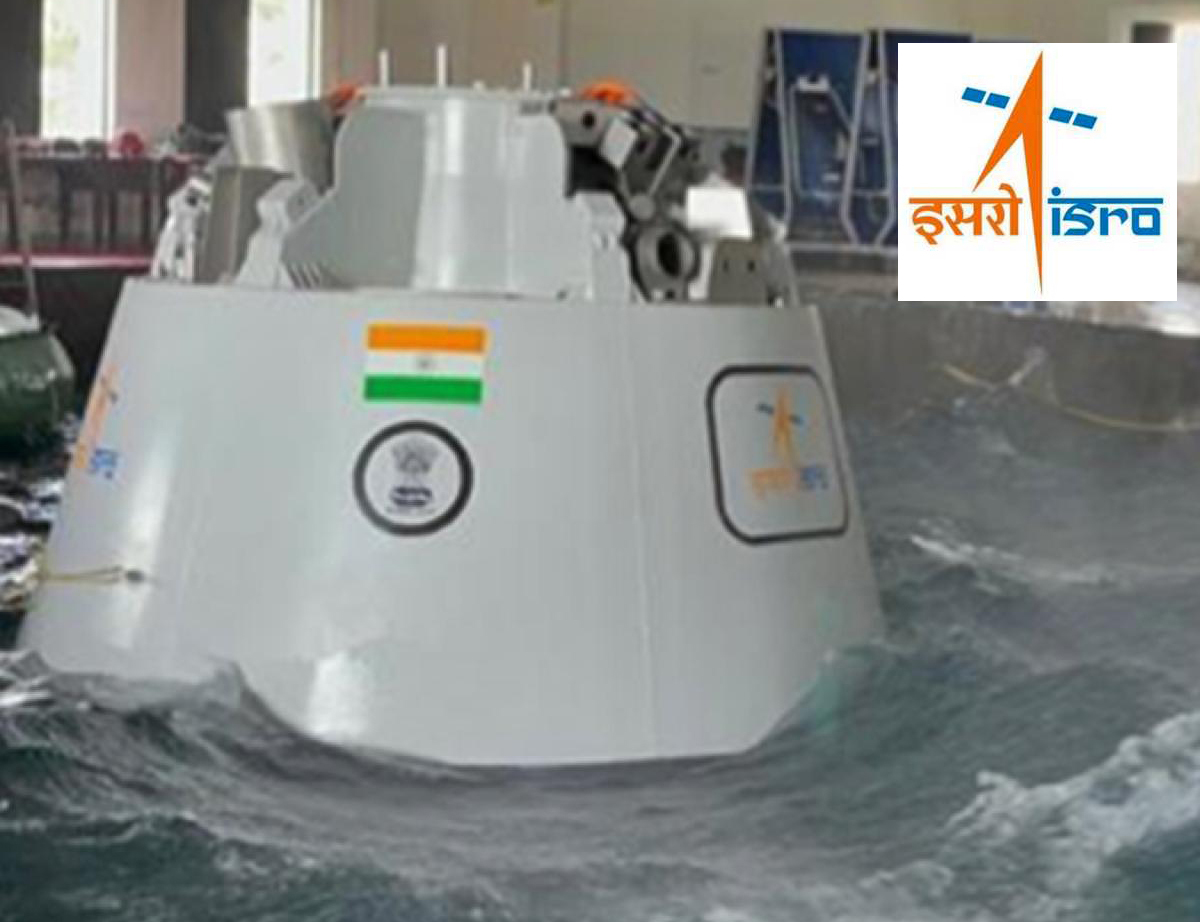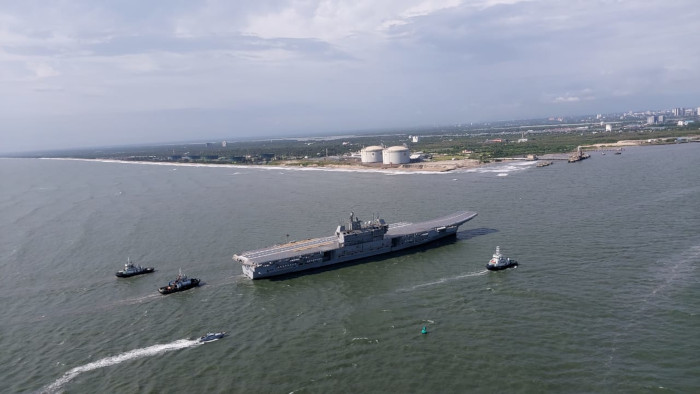
The UK Ministry of Defence has recently unveiled its prototype unmanned combat air vehicle (UCAV) Taranis.
Named after the Celtic god of thunder, Taranis is an unmanned stealth aircraft that BAE Systems, along with other industry partners, has been building for the last four years.
The prototype demonstrator has taken a million man-hours to put together.
TARANIS
Taranis is the first step in the development of unmanned strike aircraft, capable of penetrating enemy territory. It represents the first UK MoD-funded unmanned combat air vehicle (UCAV) programme.
Taranis UCAV is said to be a ‘truly transformational' asset for the future military capabilities of the UK armed forces. It is designed to have the capability to fend off attack, fly deep into enemy territory, deploy weapons or bring back intelligence.
It will explore and demonstrate how emerging technologies and systems can deliver battle-winning capabilities for the UK Armed Forces incorporating both an autonomous and survivable UAV concept design.
Industrial team in design & dvelopment
Taranis is led by BAE Systems and also involves Rolls-Royce, GE Aviation Systems, QinetiQ and the Ministry of Defence.
BAE Systems is responsible for the overall programme and also for many of the technologies including stealth and low observability, systems integration and system control infrastructure.
BAE Systems and QinetiQ are working closely on all aspects relating to the autonomy of the system.
Smiths Aerospace is responsible for providing the fuel gauging systems and the complete electrical power system for the air vehicle. Rolls-Royce is responsible for the propulsion system and installation in the air vehicle. The aircraft is expected to use a Rolls-Royce Adour Mk.951 turbofan.
BAE Systems Australia is tasked with developing and supplying the flight control computing.
The Integrated Systems Technologies (Insyte) subsidiary of BAE Systems, is providing C4ISTAR (computers, command, control, communications, intelligence, surveillance, target acquisition and reconnaissance) support.
Taranis is approximately the same size as the BAE Systems Hawk advanced jet trainer which is 11.35m long, 3.98m high and has a wingspan of 9.94m and has a delta-wing shape and tricycle-type landing gear.
The developmental phase of this stealth vehicle started in 2006 and it is hoped that it will give the MoD experimental evidence on the potential capabilities of this type of UCAV.
Taranis is a key Defence Industrial Strategy project which will also help to sustain key capabilities in the UK industrial supplier base in supporting the future fast-jet fleet.
The vehicle cost over £140m and flight trials are due in 2011.
Taranis is jointly funded by the UK MoD and UK industry and is managed by the UK MoD's Unmanned Air Systems Project Team in the Defence Equipment and Support organisation based in Bristol.
Factsheet
(i) Height: 4 m
(ii) Dimensions: 11.35 m x 9.94 m
(iii) Weight: 8 tonne
(iv) Range: Intercontinental
(v) Engine thrust: 6,480 lb
(vi) Wingspan: 9.1 mtr
- Courtesy:
BAE Systems
UK MoD
Airforce technology website
 Previous Article
Previous Article Next Article
Next Article












The Indian Air Force, in its flight trials evaluation report submitted before the Defence Ministry l..
view articleAn insight into the Medium Multi-Role Combat Aircraft competition...
view articleSky enthusiasts can now spot the International Space Station (ISS) commanded by Indian-American astr..
view article